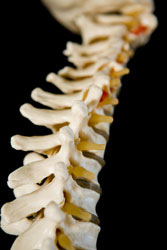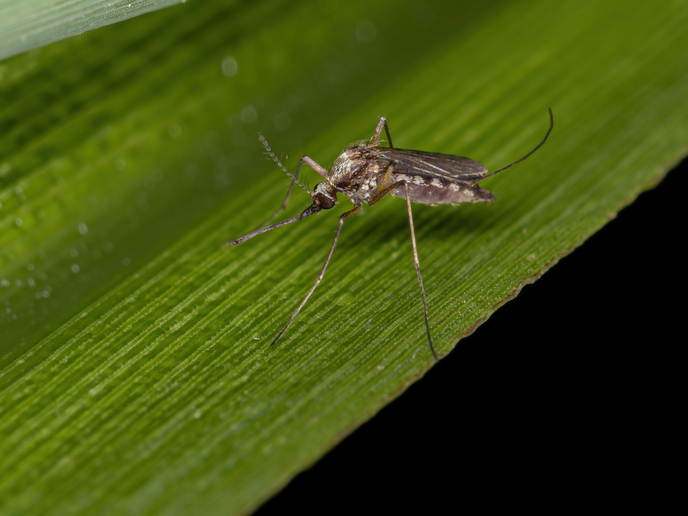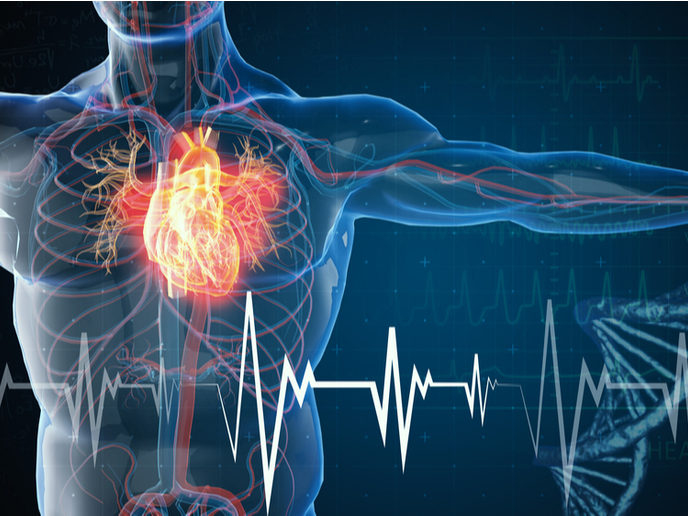Disc cells under pressure
The fact that intervertebral disc injuries are among the largest contributors to lost time at work is old news. However, it remains that the cost in terms of pain, disability and percentage GNP lost in Europe is very large. Degeneration of these cartilaginous cushions between the vertebrae is a result of ageing, genetics and life style. Researchers at the Research Centre, Demokritos in Athens, Greece specifically investigated the effect of a range of stress situations on the discs. Parameters tested were twofold. First, autocrine activity was measured, that is, the ability to stimulate self-proliferation by the cells themselves. Discs have no blood supply so the team reasoned that maintenance, or homeostasis, should therefore be reliant on factors secreted by the disc cells themselves. Secondly, paracrine or chemical effects on neighbouring cells were estimated. The team subjected bovine and human disc cell cultures to hydrostatic pressure and a variety of physical stresses. These included low levels of glucose, low pH and oxygen tension and high osmolarity. High osmolarity occurs when the concentration of certain molecules externally is sufficient to cause the lowering of the water content within the cells. The results suggested that these homeostatic responses were strongly inhibited in cells under the stressful conditions imposed. The scientists also investigated the biochemical pathways responsible for regeneration and discovered several possibilities which could prove significant in the search for efficacious disc degeneration therapy. This research could have important implications for the signalling pathways in intervertebral disc cells. Moreover, it could well be an important clue to the reasons behind the degenerative pathway to disability that affects so many of our population. For information on the project as a whole, visit the project website at http://www.physiol.ox.ac.uk/EURODISC/







